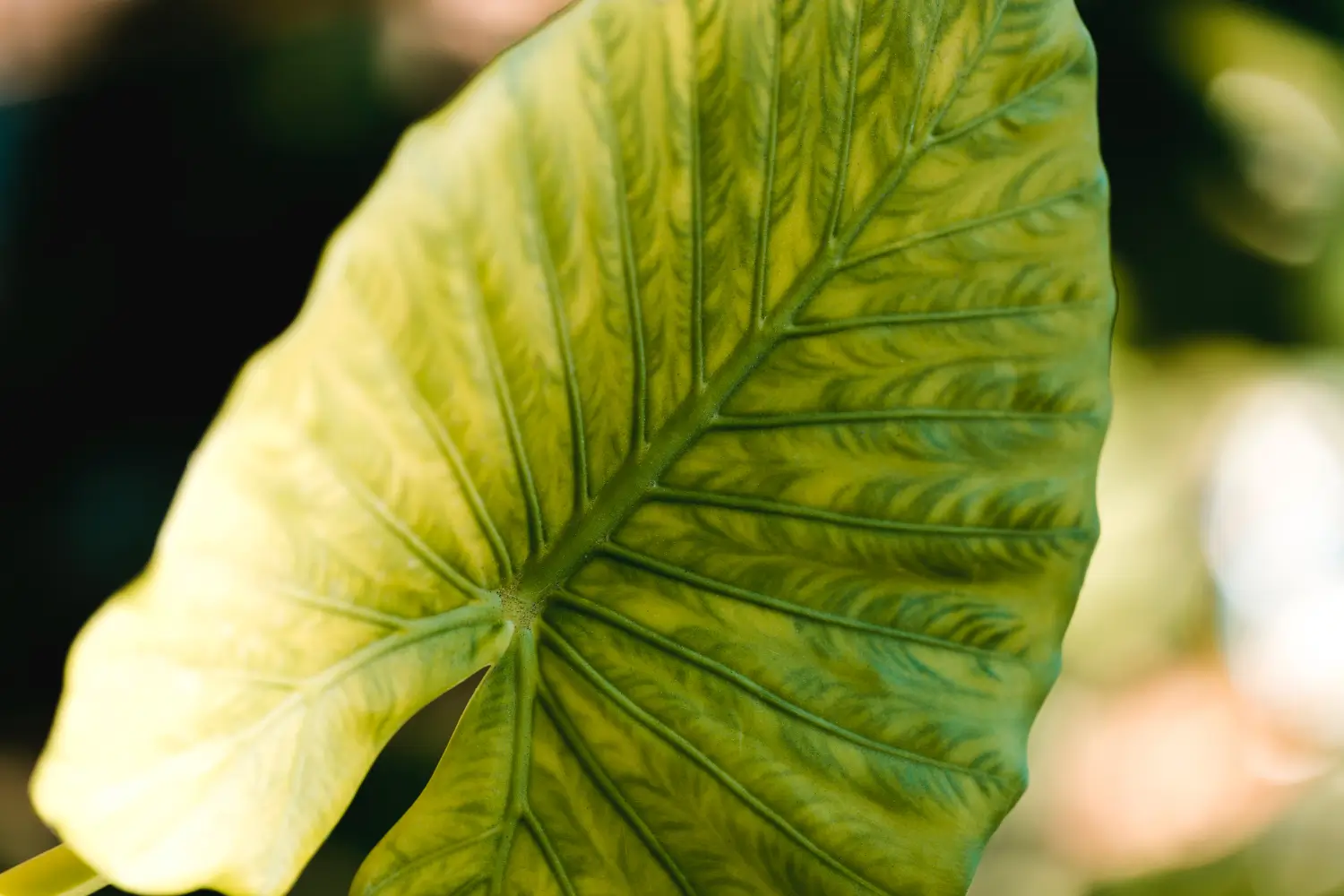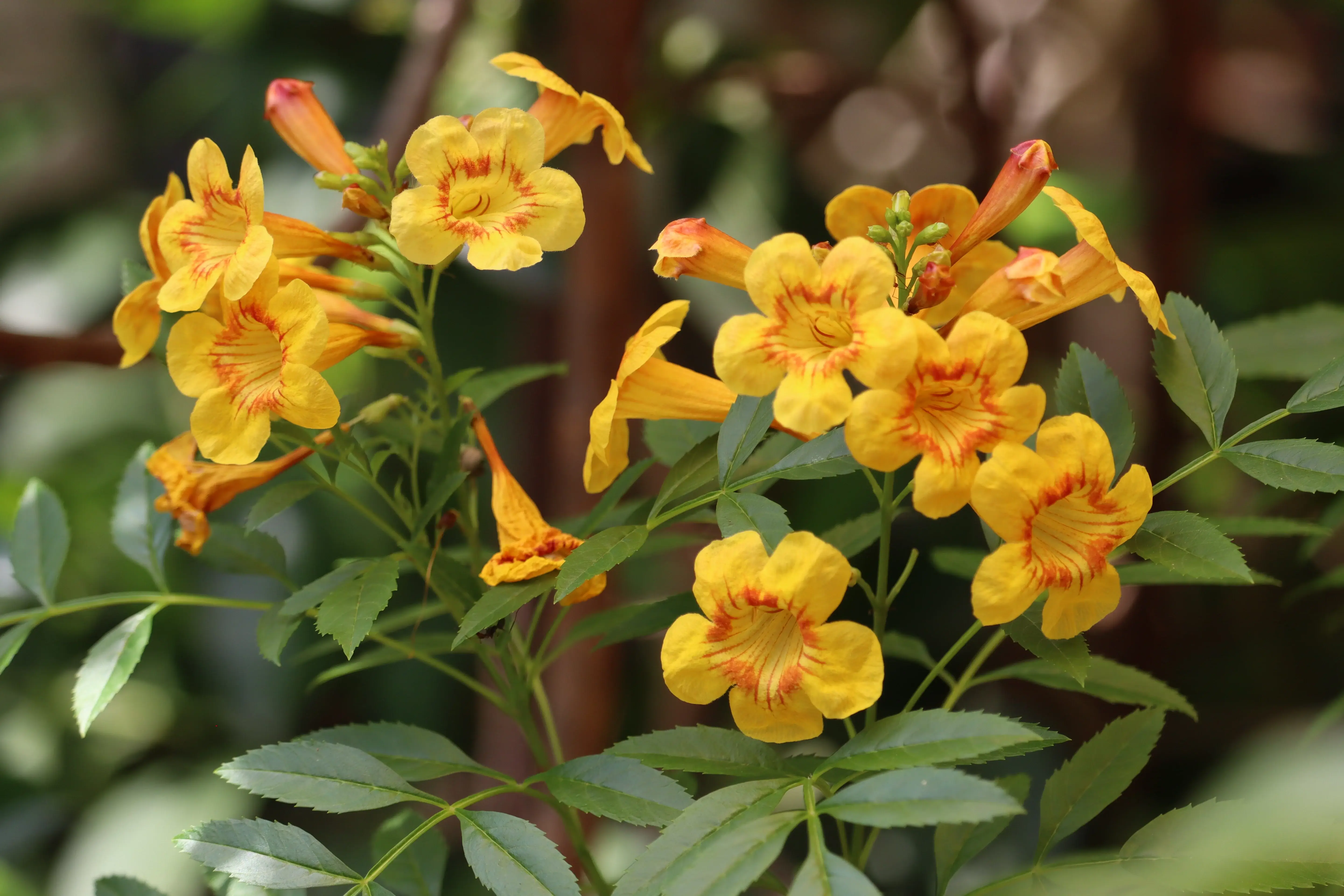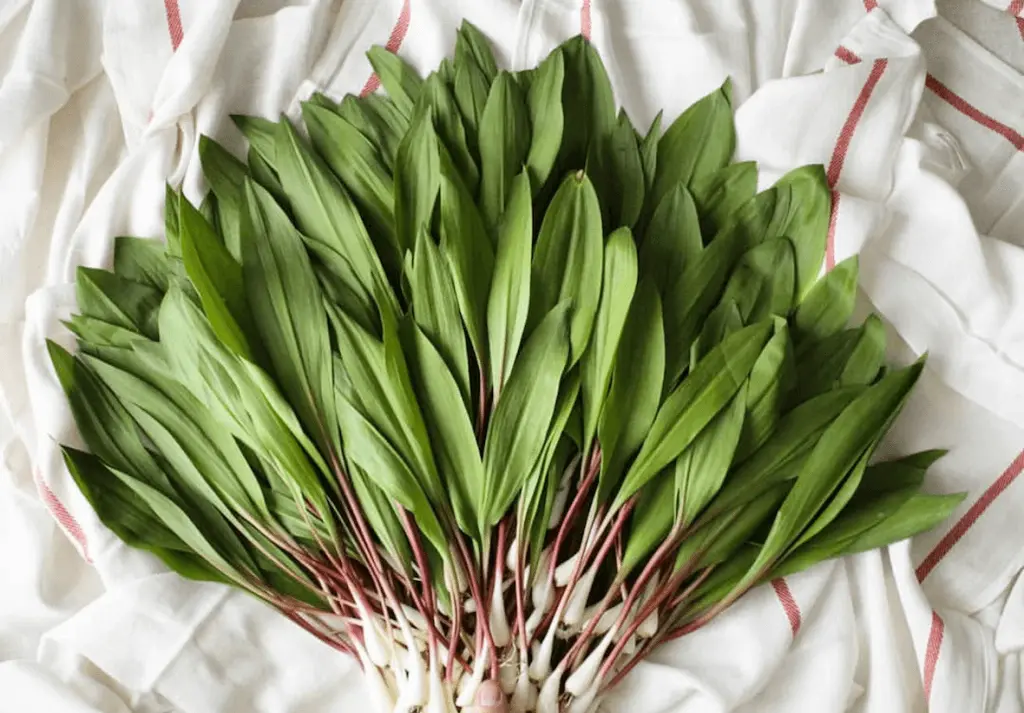
Soil Health & Fertilization
We unite suppliers and green industry professionals worldwide
Calathea musaica, also known as Goeppertia kegeljanii ‘Network’, is a true botanical masterpiece.
By Victor Miller
|Published on June 09, 2025


“Did you know Calathea musaica gets its name from the intricate network of light and dark green lines on its leaves—resembling a digital mosaic?”
Calathea musaica, also known as Goeppertia kegeljanii ‘Network’, is a true botanical masterpiece. The plant’s signature leaf design — an intricate grid of soft, glowing green lines — is so perfect it almost doesn’t seem possible to be natural. Each leaf is a piece of living art, which is why it’s commonly called the “network plant.” Native to the rainforests of Brazil, this tropical wonder is a member of the Marantaceae or prayer plant family which is characterised by its colourful foliage and leaf movements.
While Calatheas can be considered as high-maintenance, this selection is surprisingly low-maintenance. It’s more forgiving of changes in humidity and water than some of its fussier relatives, so it’s a great choice for intermediate plant fans who are ready to graduate from beginner greenery. Whether displayed solo or among a lush indoor collection, Calathea musaica brings elegance and visual intrigue to any space.
| Botanical Name | Goeppertia kegeljanii ‘Network’ (formerly Calathea musaica) |
| Common Name | Calathea musaica, Network Calathea |
| Type | Tropical evergreen perennial |
| Height | 1–2 feet tall and wide indoors |
| Light requirements | Bright indirect light |
| Soil needs | Moist, well-draining potting mix |
| Water needs | Moderate; water consistently to keep soil evenly moist |
| Hardiness Zones | 11–12 (USDA) |
| Bloom Time | Rarely flowers indoors |

September 25, 2025
9 minute read
September 24, 2025
9 minute read
September 23, 2025
10 minute read
September 22, 2025
9 minute read


Join as a seller and connect with thousands of B2B buyers nationwide!
Sign Up

Xanthosoma
A Tropical Beauty That Delivers Drama With Its Foliage and Lush, Exotic Vibe

Yellow Bells
A Sun-Loving Stunner That Blooms Without End

Ramps
Ramps, or wild leeks, are one such treasure. These pants with their tender green foliage,pungent, oniony flavor, are cherished in kitchens for generations. Their capacity for thriving in shaded environments makes them a wonderful addition to woodland gar

Yellow Bird Magnolia
A Golden Springtime Showstopper With Grace and Strength
Calathea musaica is a bit more manageable than some other Calatheas, but still appreciates stable conditions. It does well in warm temperatures (65–80°F), high humidity (over 50%), and filtered light. Keep the plant free from sudden drafts, cold windows or dry indoor air from sources such as HVAC systems, which can stress the plant and result in brown tips or curling leaves.
Humidity is definitely most important. If you don’t want to mist constantly, you can use a room humidifier, add a pebble tray, or group your Calathea with other tropical plants to increase ambient humidity. If the leaf edges begin to curl, your plant wants more humidity.
Fertilize monthly from spring through summer using a diluted liquid houseplant food, and take care to flush the soil every few months to prevent mineral buildup. Calathea musaica doesn’t want to sit in soggy soil so never let water pool in the pot tray.
It’s a wonderful plant for bright kitchens, bathrooms, or any well-lit corner away from direct sun.
This plant craves bright, indirect light. Place it a few feet from an east or north-facing window, or shield it from harsh direct sun with a sheer curtain. Its signature pattern can fade if exposed to too much light, while too little may cause slow or leggy growth.
Grow Calathea musaica in a peat-rich, well-drained potting mix. A good quality houseplant soil supplemented with perlite or orchid bark works well. You need to keep some moisture in them, but avoid rot at the same time. It prefers a slightly acid to neutral soil pH (6.0 to 7.0).
Maintain the soil consistently moist but never waterlogged. Water when the top half-inch of the soil feels dry. Use filtered or distilled water if your tap water is hard or has high salt content — Calatheas tend to be sensitive to fluoride and chemicals, which result in browning leaf edges. Water less frequently during winter, but don’t allow the plant to dry out completely.
Pruning aids in shaping and supports new growth:
Propagation is simple, but it takes patience:
Calathea musaica does well in pots.
In cooler months, Calathea musaica slows down but doesn’t go dormant. If it’s outdoors, bring it inside and keep it in a stable, draft-free place.
Calathea musaica might bloom in its native environment, but it rarely flowers when grown indoors. The flowers are small, white or pale green, but the real eye-catcher is the foliage. It’s better to appreciate this plant for its luxurious foliage than to anticipate flowers.
Calathea musaica is easier than other Calatheas but may still experience troubles:
Calathea musaica is a modern houseplant marvel—striking yet serene, bold yet easy on the eyes. With its detailed woven leaves, it’s a work of living art that can liven any room! When given the proper humidity, light, and watering, this digital-age diva is more forgiving than most Calatheas and will gift you with robust and lush growth, season after season.
The name comes from its mosaic-like leaf pattern — tiny lines intercross to create a pixelated or tiled effect, like digital art.
Yes! It’s pet-friendly, making it a great pet-friendly houseplant.
They may help purify the air indoors, similar to several other Calatheas, although studies are limited.
Absolutely! Bathrooms tend to be moist naturally, something that Calathea musaica is crazy about — as long as there’s some filtered light.

Soil Health & Fertilization
Victor Miller

Pest Identification & Prevention
Victor Miller

Lawn Care Tips & Maintenance
Victor Miller

Soil Health & Fertilization
Victor Miller

Smart Irrigation Systems
Victor Miller

Patios, Walkways & Driveways
Victor Miller

Soil Health & Fertilization
Victor Miller

Pest Identification & Prevention
Victor Miller
My Account
Our team is always here to help.
We are open Monday - Friday, 9:00 AM to 4:30 PM PST.